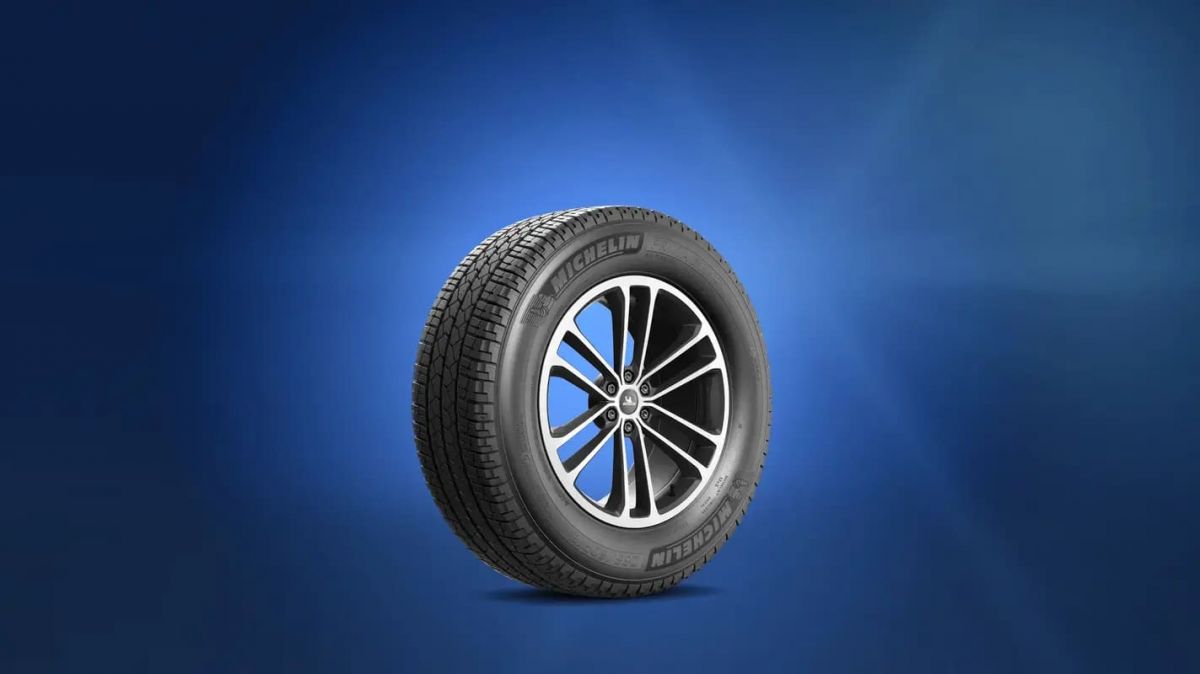Bus Travel Tips: How to Have a Smooth and Enjoyable Journey

Exploring new destinations by bus is a value for money, environment friendly and yet convenient method of travelling. Whether you’re on your way to a brief city commute or a lengthy cross-country drive, a little preparation can make for a much more comfortable trip. Here are some important bus travel tips to help you have a problem-free trip.
1. Plan and Book in Advance
While some bus routes allow on-the-spot ticket purchases, booking ahead of time ensures you will get the best seats and avoid last-minute price surges. Check schedules online, compare different bus companies and book your ticket early, especially during busy times. Buses that don’t offer assigned seating include these seats on first-come, first-served basis, so it’s best to grab a window seat or an aisle seat when you book.
2. Pack Light and Smart
As most buses do not have a lot of space for luggage, so take only what you need. A small carry-on with necessities such as snacks, water, medications and entertainment is recommended. If you’re using a larger bag, check your bus company’s size limits so that you don’t have to pay extra. Store valuables (phone, wallet, passport) in a safe, easy to reach spot rather than checked luggage.
3. Dress Comfortably
Bus temps can range, all air-conditioned, sometimes to the extreme, and sometimes a little too muggy. So, dress in layers, so you can adjust accordingly. Wear comfortable shoes and loose-fitting clothing to be more relaxed on long bike rides. A neck pillow, eye mask, and light blanket can also help if your plan is to sleep.
4. Stay Entertained and Charged
Bus rides can take a long time, so you’ll want something to keep you entertained, such as books (for more about e-books, see below), podcasts, music or downloaded movies. Noise-canceling headphones can drown out engine noise or chatty passengers.
5. Stay Hydrated and Snack Smart
Pack a reusable water bottle and drink plenty of water, but not too much so that you have to keep running to the bathroom. Bring easy, non-perishable food items such as nuts, granola bars or fruit. As a courtesy to fellow passengers, avoid strong-smelling foods.
6. Keep Essentials Handy
It’s helpful to keep tickets, ID, medications and so on in an easily accessible bag. Hand sanitizer, wet wipes, and tissues help you freshen up on long trips, too. If you’re susceptible to nausea, motion sickness pills can be a lifesaver.
7. Respect Fellow Passengers
Bus etiquette extends a long way, keep conversations and phone calls quiet. If your seat has the ability to recline, do so minimally so you are not crowding the person behind you. Don’t take up additional space on a bus if the bus is full with bags.
8. Take Advantage of Rest Stops
On long journeys, buses typically make scheduled stops. Use this time to stretch, hit the restroom and get a fresh breath of air, always confirm with the driver the time to depart, though.
9. Prepare for Motion Sickness
If you’re susceptible to dizziness, sit near the front where the ride is smoother, keep your eyes on the horizon and don’t read. Ginger candies or anti-nausea wristbands can help.
10. Download Offline Maps
If you are travelling to new places, download offline maps (Google Maps or Maps) to help you get around once you arrive, especially if you won’t have data on your phone.
11. Enjoy the Journey
Bus travel allows you to take in the scenic views and local terrain, while flying restricts you to a dreary airport lounge. Snap photos, mingle with other travelers, and enjoy the slower pace of the journey.
Bus travel can be a stress-free and enjoyable way to travel if you are prepared for it. Packing smart, staying comfortable and being considerate of passengers can help you maximize your road trip, whether it’s a short jaunt to the office or a long haul across the country.
 Disclaimer:
Disclaimer:
The content provided on our blog site traverses numerous categories, offering readers valuable and practical information. Readers can use the editorial team’s research and data to gain more insights into their topics of interest. However, they are requested not to treat the articles as conclusive. The website team cannot be held responsible for differences in data or inaccuracies found across other platforms. Please also note that the site might also miss out on various schemes and offers available that the readers may find more beneficial than the ones we cover.
Related Websites
-
 Automotive
AutomotiveThings to Pay Attention to When Buying a Used Pickup Truck
Used pickup trucks are what most of us will be looking at, it provides uswith a good alternative, a tough, flexible and impressive value for money. But buying a used pickup truck is not an easy process, and traps are everywhere. Hereare key things to keep in mind when shopping for a used full-size pickup truck.1.Set a BudgetStart your search with a budget in mind. If you buy a car, include the cost of purchase, taxes, registrationfees, insurance, potential repairs, etc. Oravoiding overspending by sticking to a budget tohelp you narrow down your options.2.Check Vehicle HistoryWhen purchasing a used pickup truck, a vehicle historyreport is needed. Services such as Carfax or AutoCheck can offer information about accidents, title status, mileage and maintenance history. Stay away from trucks with severe accident histories, flood damage or salvage titles; they can create major repair problems later.3.Inspect MileageMileage is not the only measure of a truck’s condition, but it’s a keyone. Low miles typically mean less wear, but high mileage isn't necessarily a dealbreaker if the truck was well maintained. Considermileage balanced with overall condition.4.Do a Walk Around of the Outside and InsideExamine the truck’s exterior for any rust, dents, scratchesor evidence of repainting, which could suggest previous harm. Inspect the bed for damage, since this is a major part of a pickup truck. Step inside and check for worn seats, cracked dashboards or inoperative controls. A clean interior is often indicative of how well the previous owner took care of the car.5.Test Drive the TruckDefinitely take a test driveto get a feel for how the truck drives.Pay attention to how to starts, accelerates and stops. Above all, you need to pay attention to the abnormal noise, such as rattling or grinding, which means the problems. What’s more, you also need to check the transmission, suspension and four-wheel drive areas.6.Check the Engine andUnderbodyOpen the hood and check the engine for leaks, corrosion orfraying belts. Check the oil and coolant levels and look for signsof bad maintenance. If you can, get under it to look for any rust, damage or worn out parts like shocks and suspension parts that a mechanic can check.7.Confirm Towingand Payload SpecsIf you have a plan to use the truck for hauling goods, one thing must do is to check its towing and payload abilities. Do remember to check whether this truck can burden the weight you want it to tow or not. If you really care the towing ability, make sure it includes a working hitch and wiring harness.8.Review Maintenance RecordsRequest maintenance documentation to ensure the truck was serviced regularly.A well-maintained truck includes routine oil change, tire rotations, etc. Not keeping records might mean neglect and could lead to issues down the road.9.Negotiate the PriceThere is usually room to negotiate onused pickup trucks. If you do decide to negotiate, use your research on the truck’s market value, condition and any needed repairs to agree on a fair price. Beready to walk away if the seller won’t agree to your offer.10.Get aPre-Purchase InspectionEven if the truck looks great, it’s worth it to hire a mechanic for a pre-purchase inspection. An expert can spot problems that might behidden, and will not show up in an informal inspection or drive.11.Check OwnershipCostsLastly, you should think about the overallownership costs of the car. Research its fuel economy, insurance rates, parts availability.Do remember that some models are cheaper but more expensive to maintain at the same time. Therefore, you need to consider these aspects.By referring all these aspects, you can find a suitable used pickup truck of high quality to meet your standards. Make the time, do the research, be bold enough to ask questions. A great used pickup truck can provide lots of reliability and fun foryears to come. -
 Home & Garden
Home & GardenThings You Should Consider Before Buying Furniture
Purchasing furniture is a big investment in both the financial and living-space-impacting considerations. Whether you’re moving into a new home or simply refreshing your current one, there are a handful of things to keep in mind before buying. By taking the time to consider these details, you can make well-informed choices and find pieces for your home that are right for you and make your home sparkle.1.BudgetConsider your budget first. Prices for furniture can start low and go high, so establish beforehand how much you’re comfortable spending before you shop. Remember that it can be an attractive option to go for the cheapest one, but the quality is often more expensive. Think about the furniture’s staying power — investing money in the right thing that you like, and that will last a while, will usually be cheaper than buying something that’s — for lack of a better word — temporary, and needs replacing in a few years.2.Space and SizeMeasure your space carefully before you fall in love with a particular piece of furniture. Think not just about the size of the room, but the layout, and how the new piece can work with your other furniture. A big couch might look great on the showroom floor, but if it dwarfs your living room, it won’t be functional. Conversely, having a small dining table could be limiting if you regularly have many guests over. Just make sure to factor in walking space, and that the furniture won’t block doors, windows or other places you need access to.3.FunctionalityConsider how the furniture will be used. If you’re purchasing a sofa, will it mostly be for lounging, or do you require something more formal for entertaining? If you are buying a bed, think about whether you need storage space underneath it. For dining tables, consider whether you want extendable options for larger groups. Furniture that do not work with your lifestyle or daily needs are useless.4.Style and AestheticsYour furniture needs to represent who you are and mesh well with the beauty of all your rooms. Take note of the color scheme, materials, and design of the pieces you’re interested in. Do they complement your current decor, or will they pop in a way that you love? Just keep in mind that while trends can be seductive, classic styles often endure a bit longer. If in doubt, neutral colors and timeless designs tend to be a safe choice.5.Material and DurabilityHow important is the material of furniture for both theaesthetics and durability? Everyone has their own pros and cons, wood, metal, glass, or upholstery. Balancing expenses although solid wood furniture is sturdy and lasts for years, it might feel like an investment that is a little more to maintain compared to less expensive options like multi-purpose wood or press wood furniture.Upholstered furniture is cozy and chic but can be prone to staining and wear. Think about your lifestyle — if you have kids or pets, you may want to select materials that are easy to clean and resistant to damage.6.ComfortComfort is key, particularly for furniture you will be using regularly, like sofas, chairs and beds. Use your eyes, but not just your eyes — try out the furniture if you can. Sit on the sofa, lie down on the bed and see that the furniture is comfortable to suit your requirements. What makes someone comfortable may not be what makes another person comfortable. Search at your speed to find the items you truly want to use.To sum up, purchase of household furniture is a decision to be planned thoroughly with care.Ultimately, by keeping in mind your budget, the space in your home, functionality, style, material, comfort, maintenance, sustainability, and delivery options, you can make selections that will add to and serve your home and your needs for years to come. So take your time, do your research, and ask questions if needed before you buy. Because the right furniture can change how you live in your home, and whether it is a pleasant place to spend time. -
 Health & Wellness
Health & WellnessHemophilia: The Royal Disease and Modern Management
Hemophilia is a rare disease that runs in the genes, causing the body to fail to form clots and causing long-lasting bleeds.The more severe the hemophilia is, the bigger a problem these factors become.But in fact, it refers to a lack of certain coagulation factors: special kinds of proteins which are essential for our blood's ability to clot. Because it ran rife in the courts and royal houses throughout Europe, hemophilia is also known as "the royal disease."
Featured Articles
-
 Home & Garden
Home & GardenDifferent Window Blinds for Different Rooms in Your Home
-
 Travel
TravelDriving Around Texas: Preparations and Suggestions
-
 Travel
TravelThe Most Scenic Road Trips in the United States
-
 Travel
TravelBenidorm All-Inclusive Holidays Paradise-like Beach Experiences
-
 Travel
TravelMust-See Attractions in Las Vegas
-
 Automotive
AutomotiveWhy Are Michelin Tires So Salable?
-
 Automotive
AutomotiveA Brief History of Automotive Electronics Technology
-
 Health & Wellness
Health & WellnessWhat to Do About Bleeding Gums








